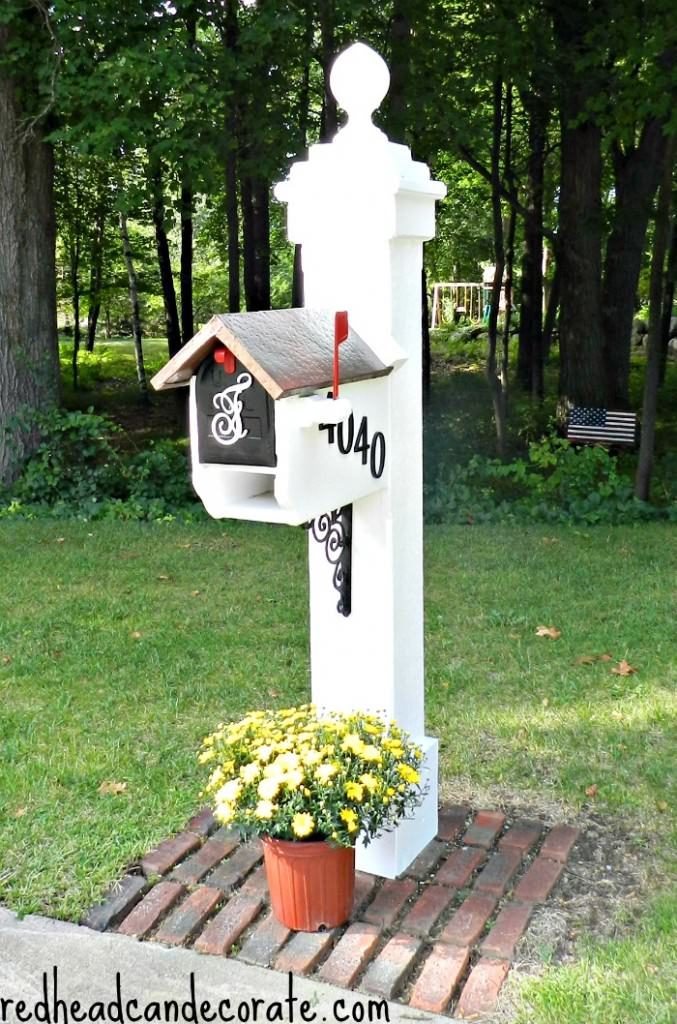

In the main ADmodify window, select your domain, domain controller, and unselect any objects you do not wish to include in the list (like groups for example).

One of the reasons is because it will allow you to modify almost any user or group attribute, and will do it for as many objects as you need. NET v2.1 from the following link:ĪDmodify does not need any installation, just unzip and run it.ĪDmodify is a wonderful tool. Method #2: ADmodify – Many users at the same time Repeat these steps for any user you need to modify. Then click to select the first of the 3 limits settings, and enter the right limit in KB.


In the Exchange General tab click on the Storage Limits button.Right-click the user account, select Properties.Expand your domain tree, find the user account you need to modify.Open Active Directory Users and Computers.In order to set mailbox limits on one user accounts follow these steps: On the other hand, if there are users that need less than the 500 MB limit (temporary users, contract users etc.) then again, you could select these user accounts in ADUC and manually set their limits to, let’s say, 50 MB. However, if your VIP users need more than 500 MB in their mailboxes, you could select these user accounts and manually set their limits to, let’s say, 1500 MB. Setting Mailbox limits on the user account properties in Active Directory Users and Computers (ADUC) will overwrite the same settings on the Mailbox Store or Mailbox Store Policies, and are stronger than these settings.įor example, if you have 10 servers with 10 Mailbox Stores each, and you’ve set up a Mailbox Store Policy that configures a 500 MB mailbox limit on all these stores, all the users that have mailboxes in these stores will have these limits on their mailboxes. Therefore we need to overwrite the mailbox limits for specific users. However in some scenarios this is not possible (for example – when using Exchange Server 2000/2003 Standard edition or SBS, where only one Mailbox Store is possible). The best method of excluding these mailboxes will be by putting them in a separate store, and configure higher limits on that store. However, if you have Mailbox Store settings in place or Mailbox Store Policies up and running and effecting many stores, you might still want to exclude specific users from these limits. Read Setting Mailbox Limits over 2GB for more info. The UI will not let you specify these sizes. Note that in order to set mailbox limits over 3GB you will need to manually edit the information in AD. These settings, when applied, will enforce limits on all the mailboxes in that store (or many stores if set by using policies). Read Setting Mailbox Limits and Working with Store Policies for more info. General mailbox limits can be set in 2 easy places – Store properties and Store Policies. Setting limits on the mailboxes help control the database size and plan for efficient backup, restore and maintenance tasks (read Calculating Storage Space in Exchange for more info). Overwriting Mailbox Store Policy limits in Exchange 2003Įxchange Server 2000/2003 allows the Exchange Administrator to set limits on the mailboxes of users in the Exchange Organization.


 0 kommentar(er)
0 kommentar(er)
